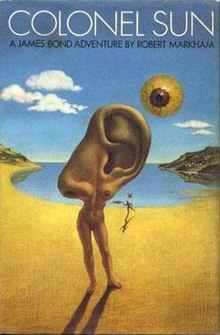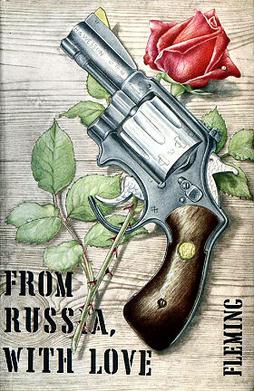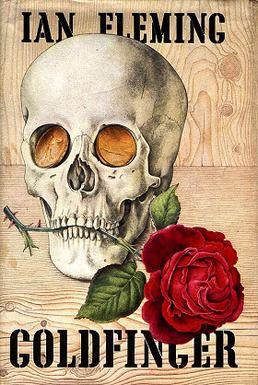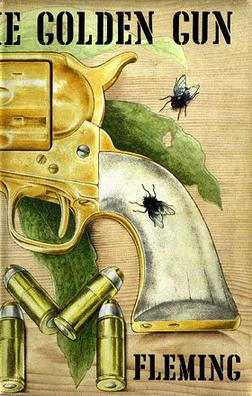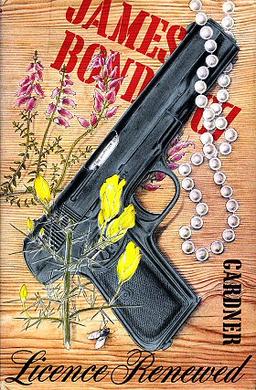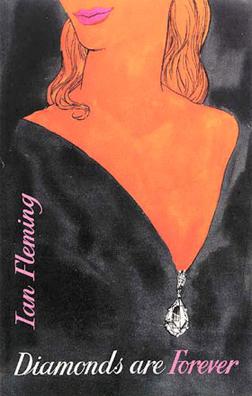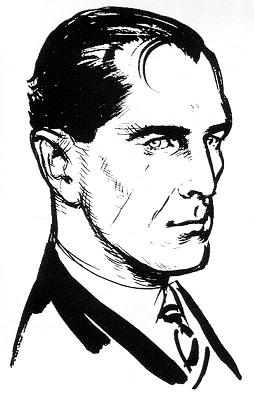Reviews
Colonel Sun was broadly welcomed by the critics, although a number noted that despite Amis's abilities as a writer, Fleming's own persona was missing from the novel. Roger Baker, writing in The Times , noted that from one angle Colonel Sun is a "neat, not over-inventive thriller, low on sex, high on violence and more than usually improbable"; [28] however, he noted that once the elements of the re-incarnation of Bond and the writing of Kingsley Amis were taken into account, things were different. Baker thought that with Amis writing the story, "one might, justifiably, have expected a joyous rejuvenation or at least a devastating detour from the Fleming pattern. We get neither. It is a pale copy." [28] D. J. Enright, writing in The Listener, considered that, in literary terms, Fleming's "inheritance has been well and aptly bestowed." [29] He said that "Colonel Sun offers apt literary pabulum for Bond's fish-and-chip culture, for his neurotics, alcoholics and suicides. Good dirty fun, once read and soon forgotten". [29]
Writing in The Times Literary Supplement , Simon Gray, unimpressed with the novel, called the Bond in Colonel Sun "a chuckle-headed imposter whose arthritic thought processes would be a liability in a 'physical tussle' down at the pub." [23] He went on to comment that the novel only "offers the frustrated Bond addict ... a small academic problem, of swiftly passing interest." [23] The Daily Mirror 's reviewer, Alexander Muir, considered the book to be "an exciting, violent, sadistic and sexy piece of reading matter", [30] although, partly because of Amis' abilities as a writer, Colonel Sun "is altogether too meticulous and well written – Fleming was a hypnotic but slapdash writer. And, at times, I sensed parody. This could be fatal." [30]
Writing in The Guardian , Malcolm Bradbury called the novel "a reasonable read but no more: neither vintage Fleming nor vintage Amis." [31] Bradbury also noted that "it lacks a convincing rhetoric ... and the traditional Fleming frissons emerge only in muted form." [31] Maurice Richardson, reviewing Colonel Sun for The Observer , wrote that when being judged as a thriller, the novel "is vigorous, quite exciting, rather disorderly, a bit laboured". [32] He went on to say that "Some of the action is quite well done and little more preposterous than in the later Flemings. The real trouble is the absence of spontaneous élan". [32]
The reviewer for the Los Angeles Times , Charles Champlin, noted that the novel "lacks the garish, outrageous, ridiculous, symbol-witted touch of the original article"; [26] despite that, he still enjoyed the novel, commenting that it left "intact the reputations of both Messrs. Amis and Fleming." [26] Donald Stanley, writing in Life magazine praised the villain Sun, saying he "is the kind of villain to make a Bondophile salivate." [4] In general Stanley praised Amis for emulating "the celebrated Fleming Effect". [4] Stanley was less convinced by Bond, observing that his "essential swinishness is being replaced by some kind of dilute humanism". [4]
The reviewer for The New York Times noted the reduced numbers of gadgets employed in the book, when compared with the films, that they felt had "overshadowed the personality of the secret agent"; [33] overall the reviewer felt that "Mr. Amis has now given Bond back to the readers." [33] Oberbeck commented that Bond "has become a sensitive man-of-ethics who suffers pangs of doubt and remorse over the 'senseless' violence of his profession". [34] Oberbeck went on to say that Amis "never quite captures the bizarre beat of a Fleming pace"; [34] most telling, according to Oberbeck, was that "the greatest flaw in Amis' conception of Bond is that he has attempted to transform the consummate spy-hero into something he was never meant to have been: a man with a job". [34]
Sally Beauman, writing for New York , believed that "Amis has all the obvious ingredients for success", including "an exotic troubled international setting, a beautiful girl, frequent imbibings, and even more frequent killings; and, most imperative, a villain. Yet the book drags and becomes a bore." Beauman complains that the story lacks suspense and that Bond is far too gloomy: he's more like Ingmar Bergman's creations than Ian Fleming's hero. Beauman attributes the novel's failure to the "differing characters of the authors." [14]
A fiftieth anniversary review in The Guardian called Col. Sun "the most repellant racial caricature of all, a descendant of Fu Manchu and other fiendish orientals, noting that "Amis channels Fleming . . . as a connoisseur of ethnicities." The review notes that "Amis, by March 1968, had already made public his Damascene conversion from left to right, and signed a group letter to the Times titled Backing for US Policies in Vietnam." [35]
